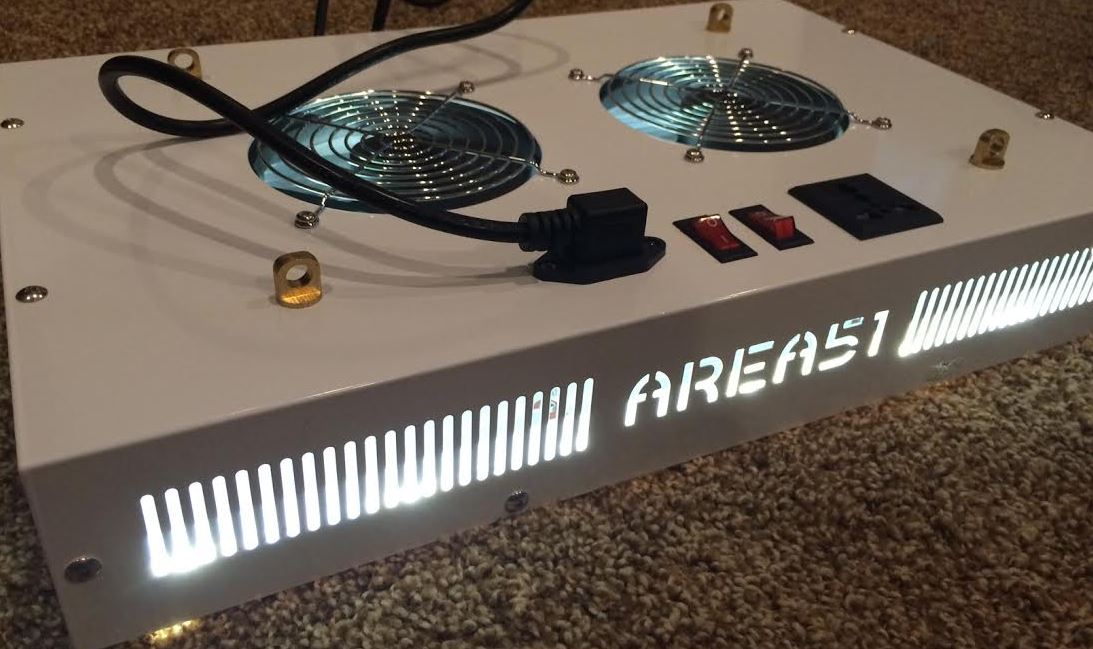acespicoli
Well-known member
DIY LED CXB3590 2700K *36*VDC X 6 (grow light)
I was looking for some community support
Q&A for the DIY construction and use of High Power LED,
the one im building just happens to be
CXB3590 2700K 36VDC X 6
History
I used two (2) Area 51 RW-150 LED Grow Light for the last 2 years
Now im trying to upgrade to a dedicated flowering light.

 ledgrowlightguide.com
ledgrowlightguide.com



I want to continue to use the,(2) Area 51 RW-150 LED Grow Lights,
just for vegetative growth in a separate location.
The first question I had was what
COB (chip on board) LED (light emitting diode)
I wanted to select for this purpose and why?
Three (3) letter acronyms are terrible when people try to learn?
Please use caution
You requested clarification of OSHA's electrical guarding standard at 29 CFR 1910.303(g)(2)(i).
Question 1: Does the electrical guarding requirement at 29 CFR 1910.303(g)(2)(i) apply to voltages below 60 volts DC?
Response: The provision in question, 29 CFR 1910.303(g)(2)(i), generally requires "live parts of electric equipment operating at 50 volts or more" to be "guarded against accidental contact by use of approved cabinets or other forms of approved enclosures" or by other specified means. The guarding requirement does not distinguish between AC and DC voltages. Therefore, the requirement applies to live parts operating at 50 volts or more AC or DC.
I was looking for some community support
Q&A for the DIY construction and use of High Power LED,
the one im building just happens to be
CXB3590 2700K 36VDC X 6
History
I used two (2) Area 51 RW-150 LED Grow Light for the last 2 years
Now im trying to upgrade to a dedicated flowering light.

Area 51 RW-150 LED Grow Light Review
If you’re looking for the holy grail of high-end led grow lights, Area 51 is a company that’s worth looking into. One of their latest releases, the RW-150 grow light panel utilizes all of the most recent technology to produce some of the most impressive yields, all while using the least amount...
 ledgrowlightguide.com
ledgrowlightguide.com
I want to continue to use the,(2) Area 51 RW-150 LED Grow Lights,
just for vegetative growth in a separate location.
The first question I had was what
COB (chip on board) LED (light emitting diode)
I wanted to select for this purpose and why?
Three (3) letter acronyms are terrible when people try to learn?

Please use caution
You requested clarification of OSHA's electrical guarding standard at 29 CFR 1910.303(g)(2)(i).
Question 1: Does the electrical guarding requirement at 29 CFR 1910.303(g)(2)(i) apply to voltages below 60 volts DC?
Response: The provision in question, 29 CFR 1910.303(g)(2)(i), generally requires "live parts of electric equipment operating at 50 volts or more" to be "guarded against accidental contact by use of approved cabinets or other forms of approved enclosures" or by other specified means. The guarding requirement does not distinguish between AC and DC voltages. Therefore, the requirement applies to live parts operating at 50 volts or more AC or DC.
Last edited:




